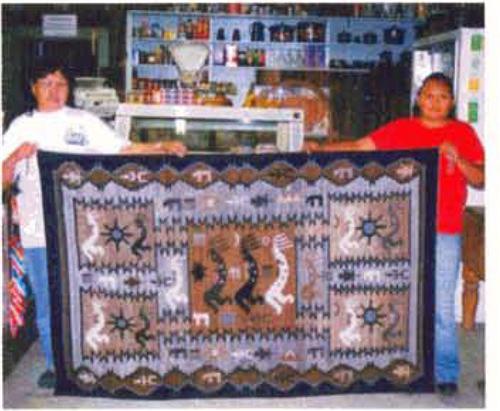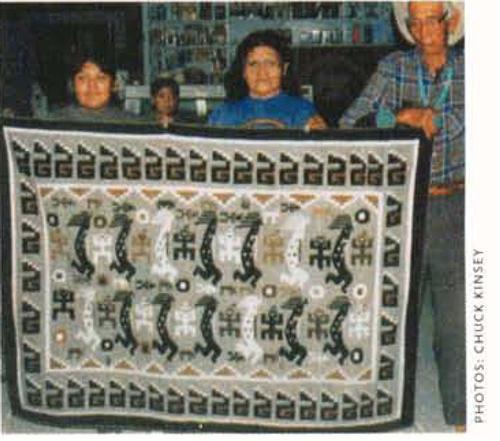Sign up for the Family Tree Newsletter Plus, you’ll receive our 10 Essential Genealogy Research Forms PDF as a special thank you!
Get Your Free Genealogy Forms
"*" indicates required fields
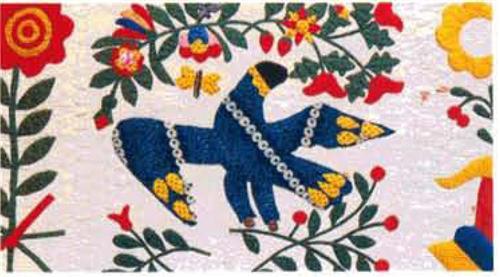
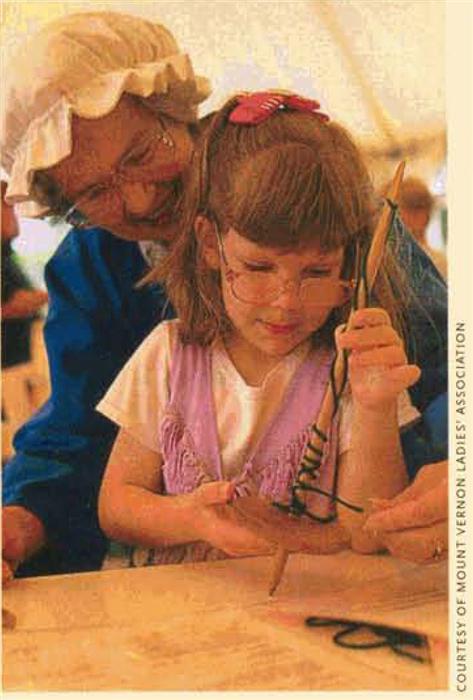
Mount Vernon, Virginia: Capturing Colonial Life
Introduce your children or grandchildren to George and Martha Washington this summer through the Hands-on History exhibit at George Washington’s Mount Vernon Estate & Gardens. May 24-Sept. 1, children can learn about early American life by carding and spinning wool, dressing up in Colonial clothing, using 18th-century tools and playing Colonial games. They can also harness Nelly, a life-size fiberglass mule, and crawl into a Revolutionary War tent stocked with soldiers’ gear. The exhibit’s open 10 a.m. to 1 p.m. daily; admission costs $11 for adults and $5 for children ages 5 to 11. Call (703) 780-2000 or visit <www.mountvernon.org> for details.
Toadlena, NM: Weaving History
Visit the Toadlena Trading Post and Weaving Museum through June 15, and explore the Dances with Wool exhibit, a collection of beautiful, earth-toned rextiles created in the Navajo weaving tradition. The exhibit showcases the work of such renowned weavers as the late Hastiin Klah, a Navajo medicine man considered the first to use images from Navajo sand paintings in his textiles. The roots of Navajo weaving stretch back 1,000 years, to the Anasazi, who wove on upright looms. Their descendants, today’s Pueblo Indians, refined the art and eventually taught it to the nomadic Navajos, who have continued the tradition with each generation. To learn more about the exhibit, which is open 9 a.m. to 5 p.m. Monday through Saturday and 10 a.m. to 5 p.m. Sunday, call (505) 789-3267 or visit <www.toadlenatradingpost.com>.
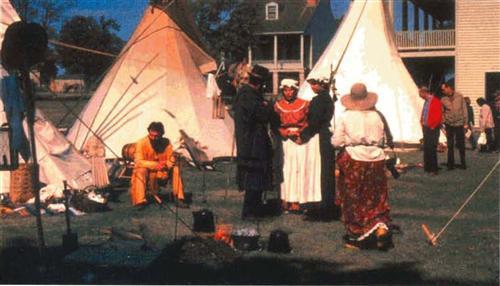
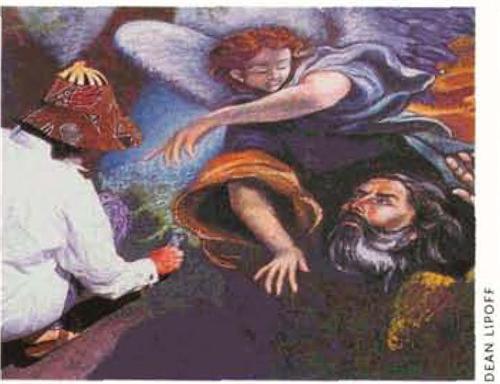
San Rafael, California, Chalk up the Town
Experience a 400-year-old Italian tradition as hundreds or professional and student Madonnari (street artists) re-create the Sistine Chapel ceiling on the streets of downtown San Rafael. June 14-15, Youth in Arts presents the 10th Annual Italian Street Painting Festival, an event modeled after the International Street Painting Festival in Grazie di Curtatone, Italy. Street painting with chalk is a tradition dating from the 16th century, but this is the first time a group of artists will attempt to replicate Michelangelo’s entire masterpiece. Festivalgoers can enjoy Italian food and wine and listen to live music. For $10, children can purchase their own square pavement canvases on Children’s Avenue. For more information, call (415) 457-4878 or visit <www.youthinarts.org>
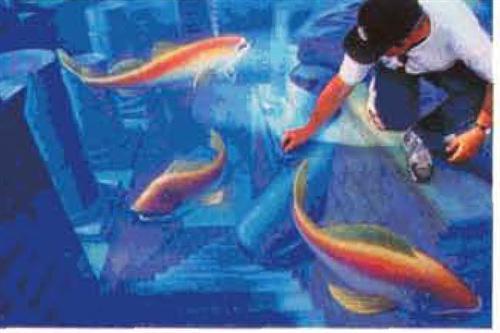
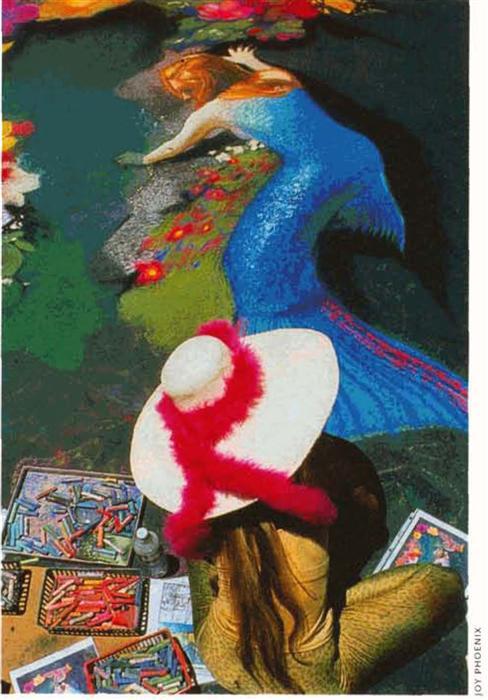
ADVERTISEMENT

